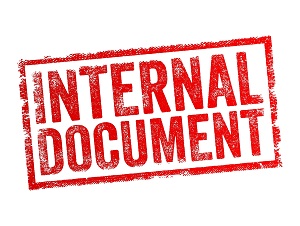
Business Advisory Services
Everything you need to help you launch your new business entity from business entity selection to multiple-entity business structures.
Hey - Our site just had a makeover and we are sorting through the hiccups!
Hey - Our site just had a makeover and we are sorting through the hiccups!

Everything you need to help you launch your new business entity from business entity selection to multiple-entity business structures.

Designed for rental property owners where WCG CPAs & Advisors supports you as your real estate CPA.

Everything you need from tax return preparation for your small business to your rental to your corporation is here.

WCG’s primary objective is to help you to feel comfortable about engaging with us
Posted Saturday, November 8, 2025
Table Of Contents

The following list of tax strategies and considerations is used in our communication and eventual recap email to WCG’s wonderful clients (and prospective clients). If you are not a WCGer, it is totally cool that you stumbled on this webpage full of fun tax content. Use it as you like.
Source: Reducing Taxes
Source: Reducing Taxes
Source: Reducing Taxes
Source: Year-End Tax Planning
Source: Reducing Taxes
Source: Reducing Taxes
Source: Reducing Taxes
Source: Year-End Tax Planning
Source: Reducing Taxes
Source: Year-End Tax Planning
Source: Reducing Taxes
Source: Reducing Taxes
Source: Year-End Tax Planning and PTET Blog
Source: Reducing Taxes
Source: Reducing Taxes and Accountable Plan webpage.
Source: Reducing Taxes
Source: Year-End Tax Planning
Source: Year-End Tax Planning
Source: Year-End Tax Planning
Source: Reducing Taxes
Source: Year-End Tax Planning and Short-Term Rental Blog.
Source: Reducing Taxes and Cost Segregation Blog.
Source: Advanced Tax Strategies
Source: Advanced Tax Strategies
Source: Advanced Tax Strategies
Source: Advanced Tax Strategies
Source: Advanced Tax Strategies
Source: Advanced Tax Strategies
Source: Advanced Tax Strategies
Source: Advanced Tax Strategies
Source: Advanced Tax Strategies
Source: Advanced Tax Strategies
Economic Substance Doctrine summarized-
Table Of Contents

Tax planning season is here! Let's schedule a time to review tax reduction strategies and generate a mock tax return.

Tired of maintaining your own books? Seems like a chore to offload?

Everything you need to help you launch your new business entity from business entity selection to multiple-entity business structures.

Designed for rental property owners where WCG CPAs & Advisors supports you as your real estate CPA.

Everything you need from tax return preparation for your small business to your rental to your corporation is here.

WCG’s primary objective is to help you to feel comfortable about engaging with us

